Description
Introduction
Chemical injection quills are essential components in various industries, including oil and gas, water treatment, and municipal applications, used for precisely introducing chemicals into pipelines or systems.
How Chemical Injection Quills Operate
Injection Point Placement: Chemical injection quills are strategically placed at specific points within a pipeline or system where chemical dosing is required. The placement is crucial to ensure the effective mixing and dispersion of the injected chemical.
Connection: Injection quills are typically connected to chemical injection pumps or systems through tubing or piping. The chemical to be injected is supplied from a storage container to the injection quill via these connections.
Diffusion and Mixing: The injection quill is designed with a diffuser or mixing element. When the chemical flows through the quill, it encounters this element, which promotes thorough mixing with the primary fluid in the pipeline.
Pressure Control: Pressure is a critical factor in chemical injection. Injection quills are designed to control the pressure of the injected chemical to match the system’s requirements. This prevents issues like backflow or excessive pressure that can damage equipment.
Chemical Dosing: The chemical is injected at a controlled rate into the pipeline or system. The rate of injection can often be adjusted to meet specific treatment needs.
Monitoring and Safety: Some injection quills come with monitoring features to ensure the correct amount of chemicals is being injected. Safety measures, such as leak detection and containment, are also essential to prevent environmental hazards.
What is a Check Valve?
Definition and function of check valves
Check valves are typically placed in pipes to stop flow reversal. Essentially, they act like a door that only swings one way: the flow can move freely in one direction, but if it tries to reverse, the valve shuts. This action safeguards the pipes, other valves, and pumps from potential damage.
- The chemical to be injected into the process stream flows down the chemical injection quill.
- At the end of the quill, the chemical is released into the center of the process stream, ensuring an even distribution.
If the process stream tries to flow back up the quill, the check valve closes, preventing backflow and protecting the chemical source and injection system from potential damage.
How they work together
A chemical injection quill and a check valve work together in a system to precisely dispense chemicals and protect the system from backflow. A chemical injection quill is a device that ensures the chemicals are evenly dispersed into the center of the stream, improving the mixing and reaction efficiency. It’s typically a tube-like structure that penetrates into the pipe carrying the process fluid. On the other hand, a check valve is a one-way valve that allows flow in one direction only. When used in conjunction with a chemical injection quill, it prevents the process fluid from flowing back up the quill once the chemical has been injected.
Here’s the sequence of how they work together:
- The chemical to be injected into the process stream flows down the chemical injection quill.
- At the end of the quill, the chemical is released into the center of the process stream, ensuring an even distribution.
- If the process stream tries to flow back up the quill, the check valve closes, preventing backflow and protecting the chemical source and injection system from potential damage.
Thus, the combination of a chemical injection quill and a check valve ensures precise chemical delivery while maintaining the integrity of the system.
Importance of Chemical Injection Quills with Check Valves
Check valves play a critical role in safeguarding systems from backflow, an issue that can arise from sudden pressure drops, temperature changes, or malfunctioning pumps. Backflow can reverse the flow direction of a fluid, leading to potential contamination and equipment damage.
Often known as one-way or non-return valves, check valves are designed to permit fluid flow in one direction only. They automatically shut when fluid attempts to flow in the opposite direction, serving as a protective barrier for the system. The beauty of check valves lies in their passive operation – they don’t require manual intervention or external power, making them a dependable solution for preventing backflow, even in unforeseen or emergency situations.
Within a system equipped with a chemical injection quill, the role of a check valve is even more crucial. The absence of a check valve could allow backflow to push the injected chemical back into the injection system. This could result in system contamination, wastage of chemicals, or even dangerous conditions, depending on the substances involved. Hence, by averting backflow, the check valve protects the injection system and the chemical source while ensuring the safety and efficiency of the chemical injection process.
Safety Aspects of Chemical Injection Quills with Check Valves
How Check Valves Help Keep Systems Working Properly
Check valves play a key role in ensuring that systems with chemical injection quills work as they should. These valves are designed to let fluid flow in one direction only, and they close automatically if the fluid tries to flow backward.
In a system that uses a chemical injection quill, the check valve keeps the chemicals or process fluid from moving back up into the injection system. This is very important because if the fluid or chemicals were to flow backward, it could cause contamination, waste chemicals, or even damage to the equipment. By stopping this backward flow, the check valve helps keep the system working properly and smoothly.
The Role of Check Valves in Safety for Workers and the Environment
Check valves not only keep systems working right but also help keep people and the environment safe. Many chemical processes use materials that could be dangerous if they aren’t kept under control. For example, if a chemical injection system allows backward flow, chemicals could end up in places they shouldn’t and potentially harm workers.
A check valve stops this from happening by preventing backward flow, reducing the chance of accidental chemical exposure, and helping keep workers safe. Plus, by keeping chemicals contained within the system, check valves also help prevent possible environmental harm caused by leaks or spills.
Also, if something goes wrong with the system or conditions change suddenly, the check valve’s automatic closing feature provides an extra layer of safety. It can stop a sudden increase or reversal of flow, which could otherwise cause equipment to break down or even a dangerous system failure.

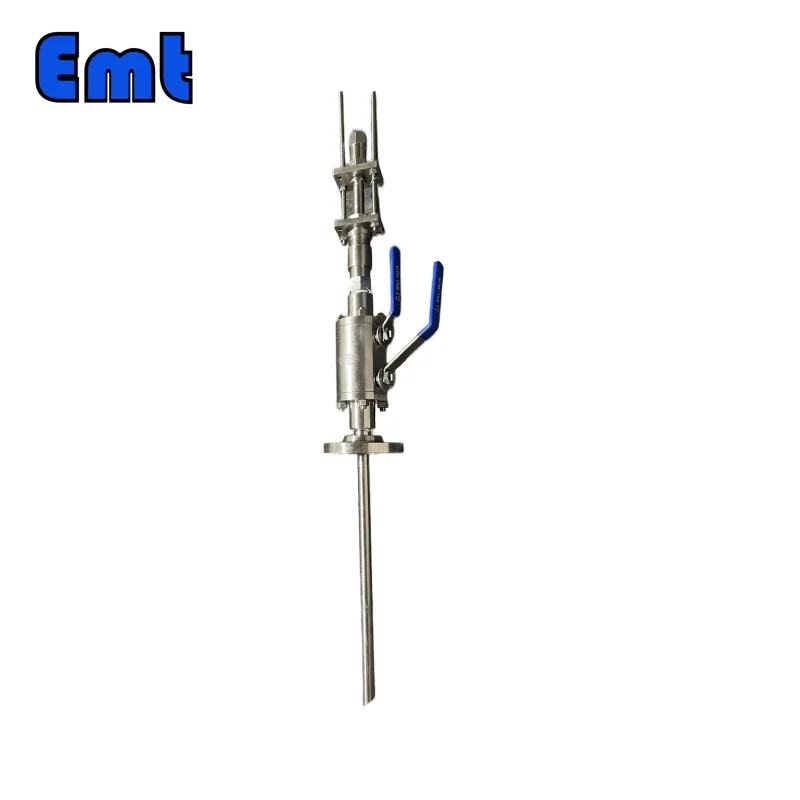
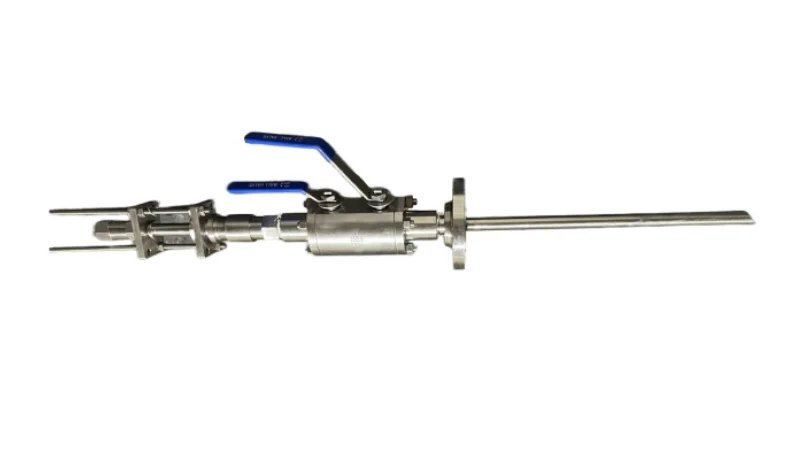
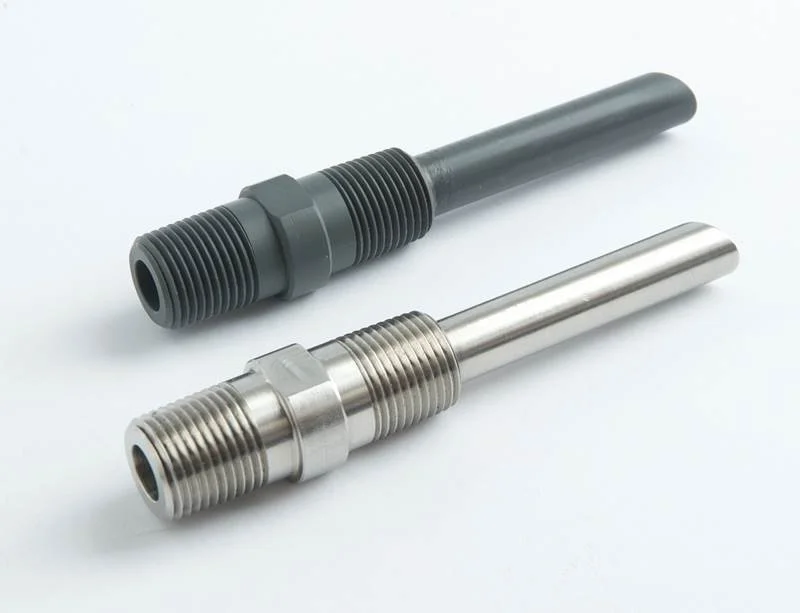
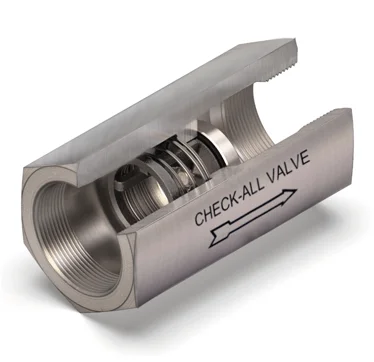
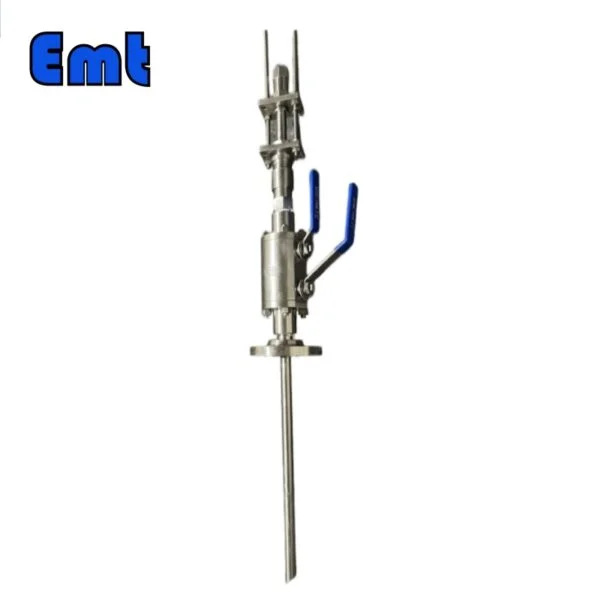
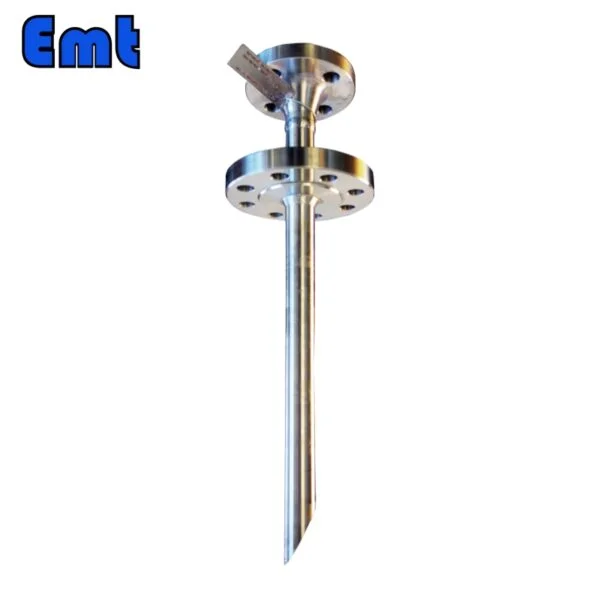
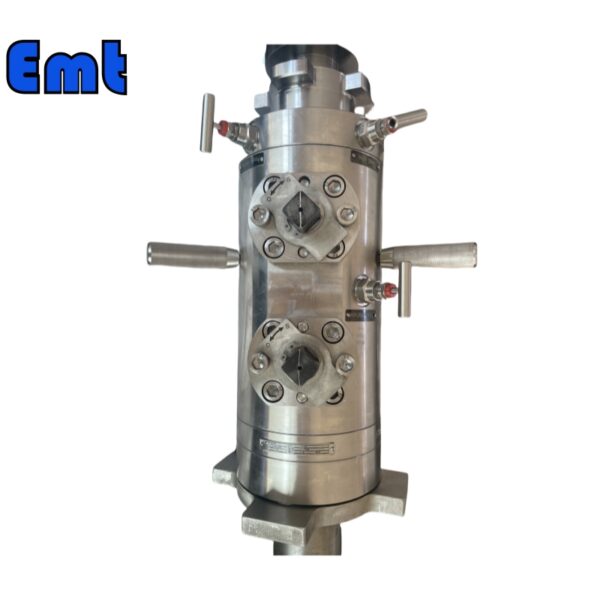
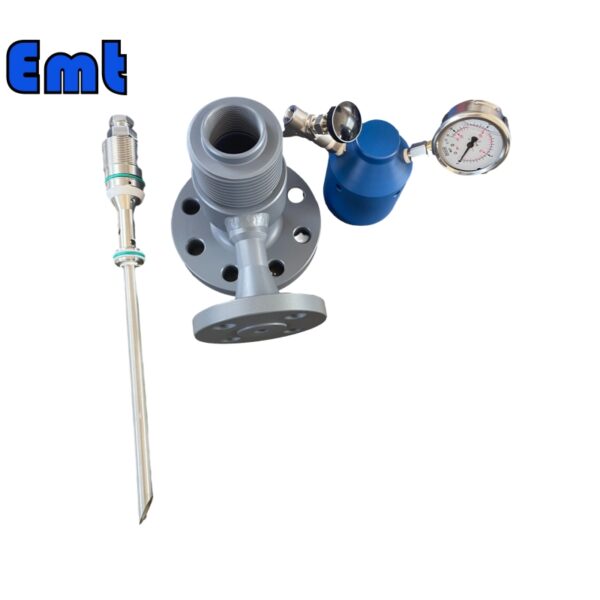
Reviews
There are no reviews yet.